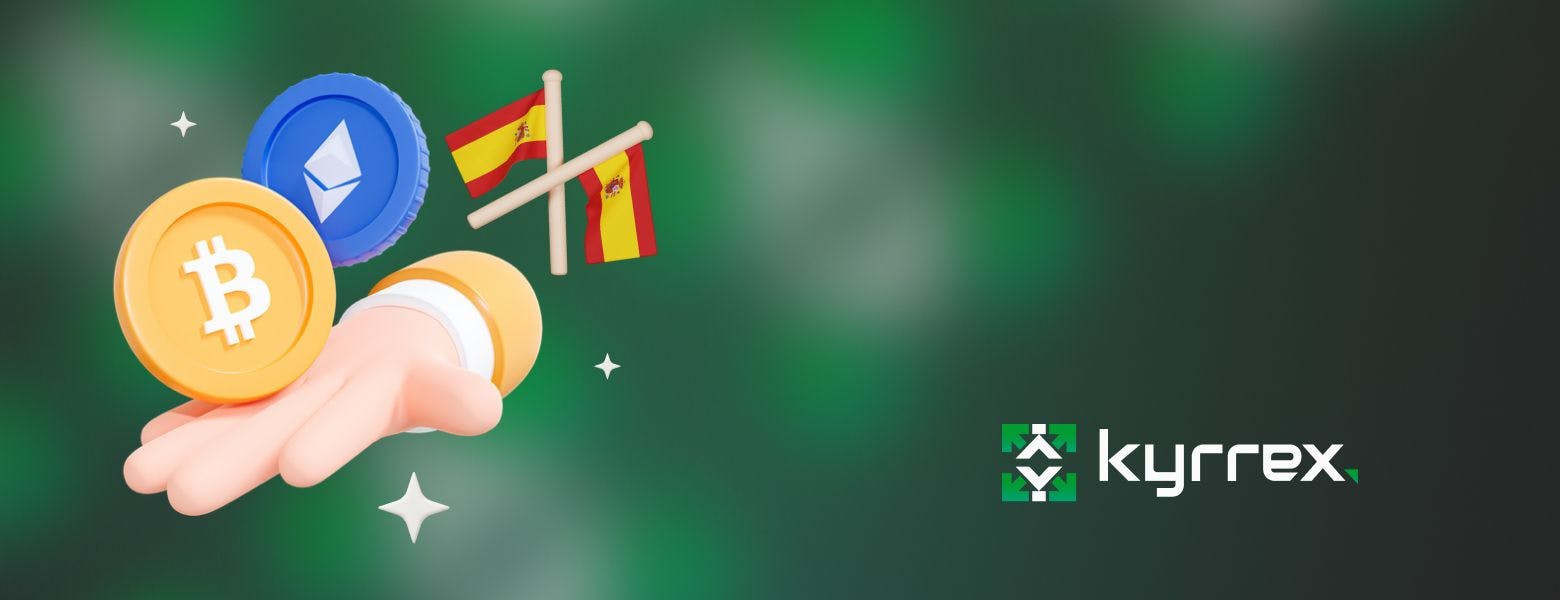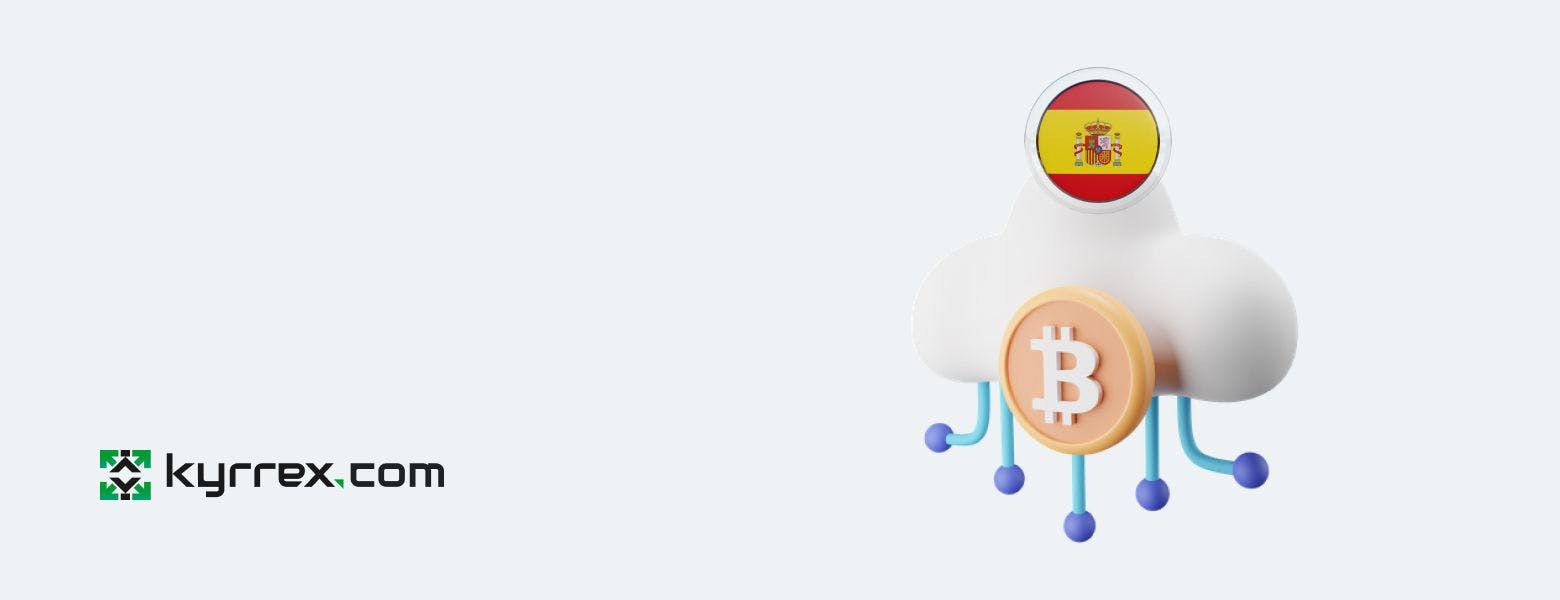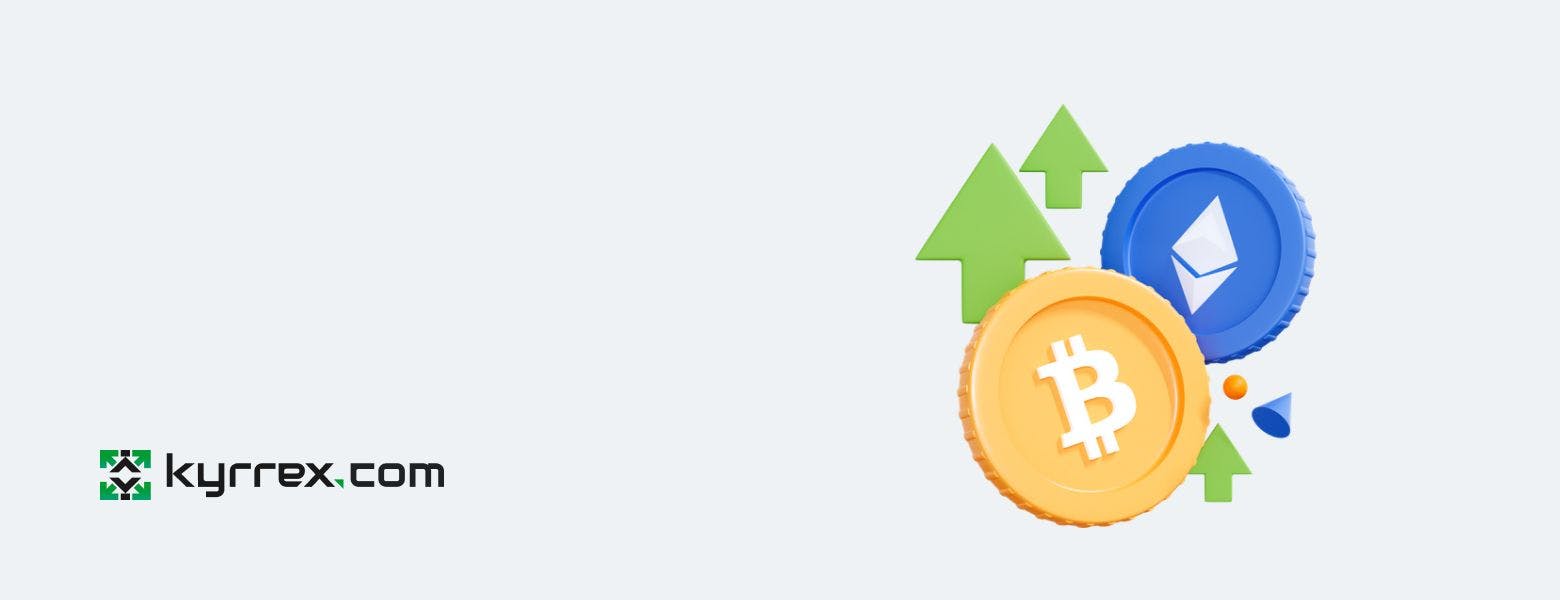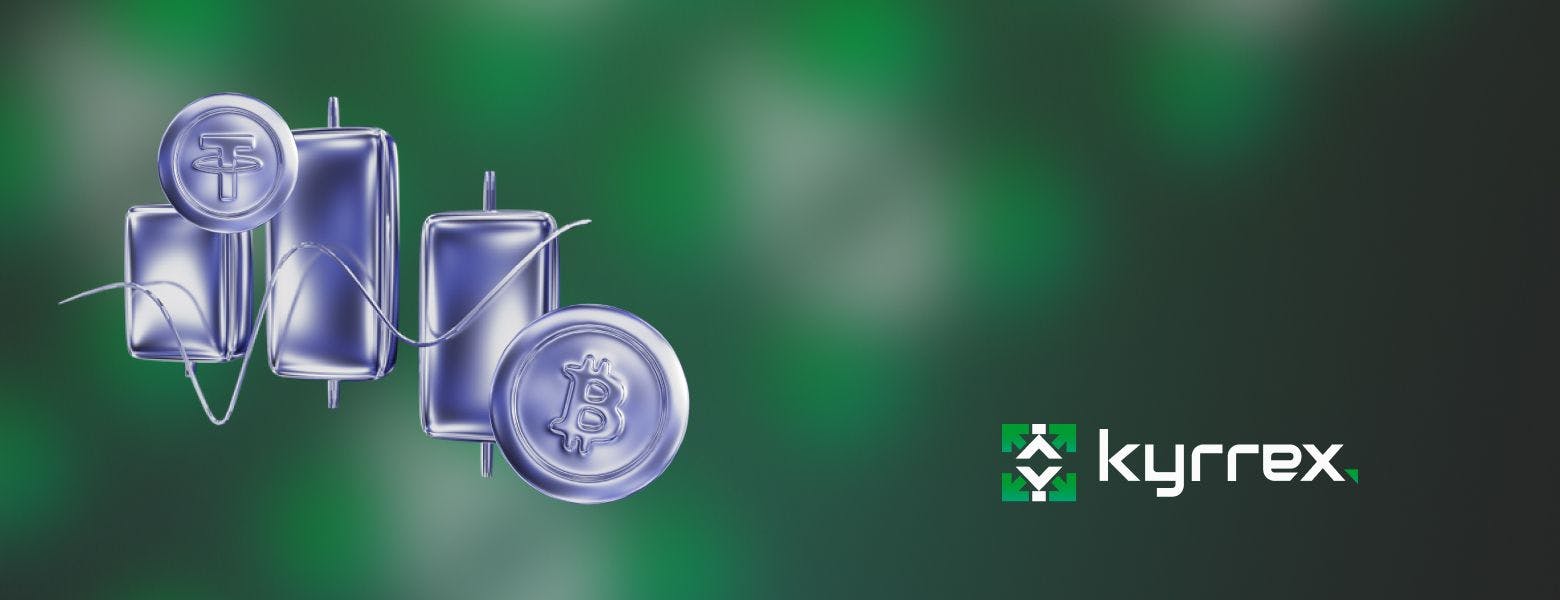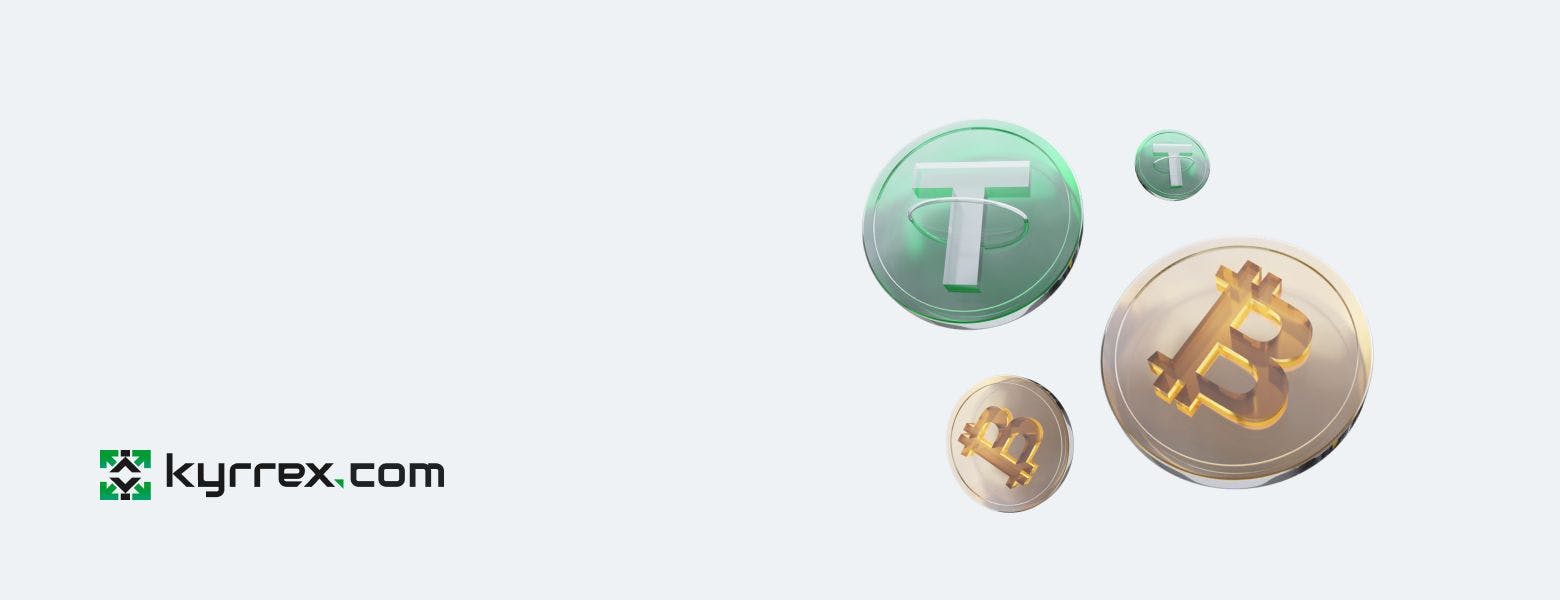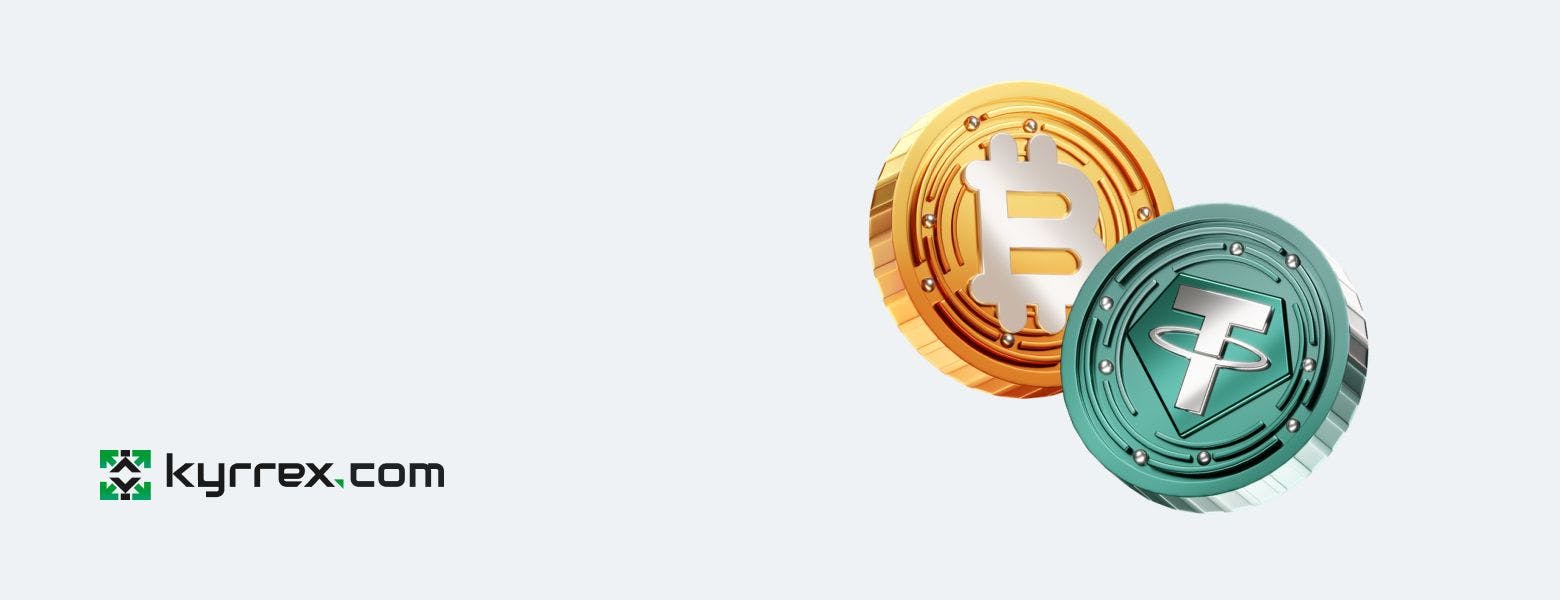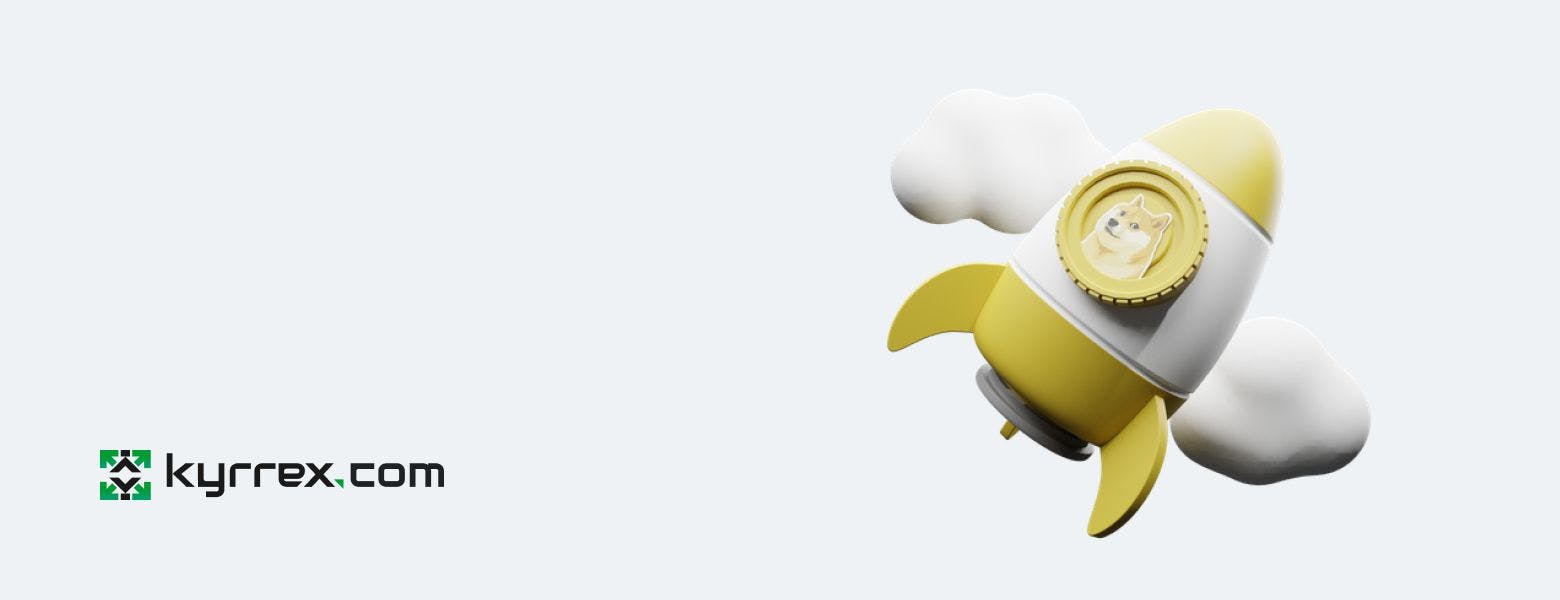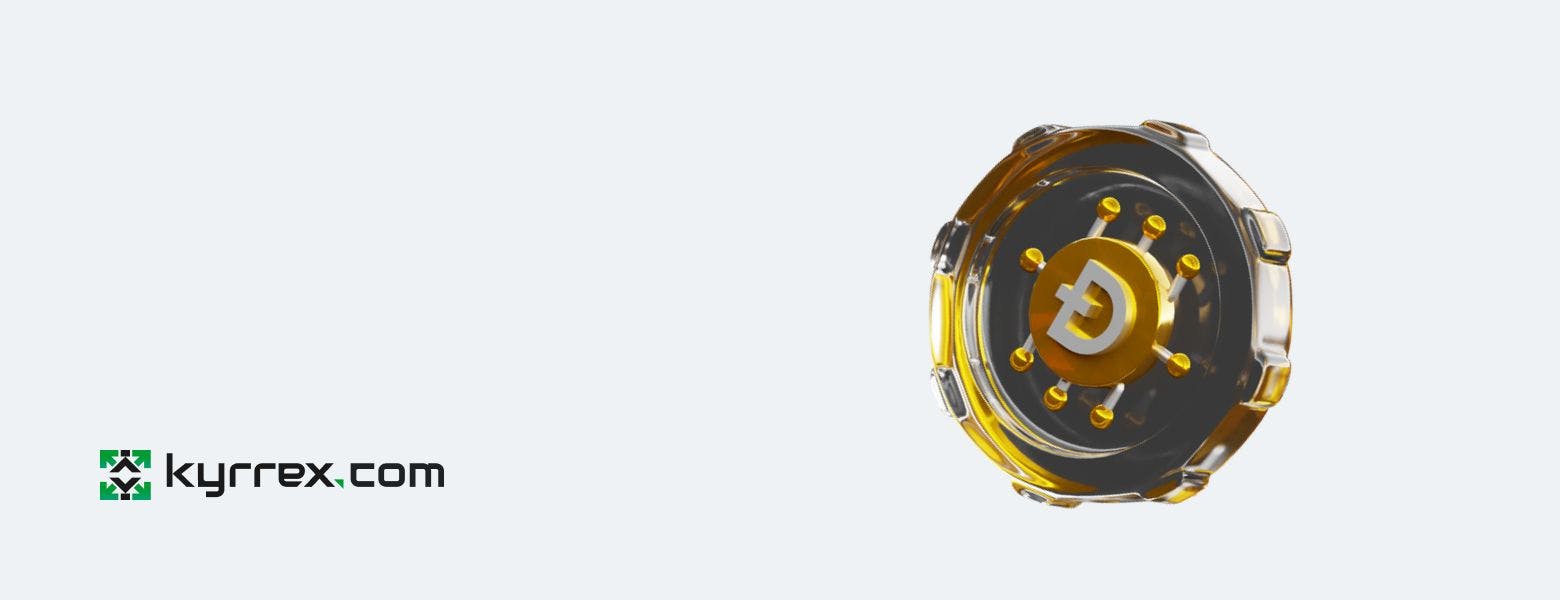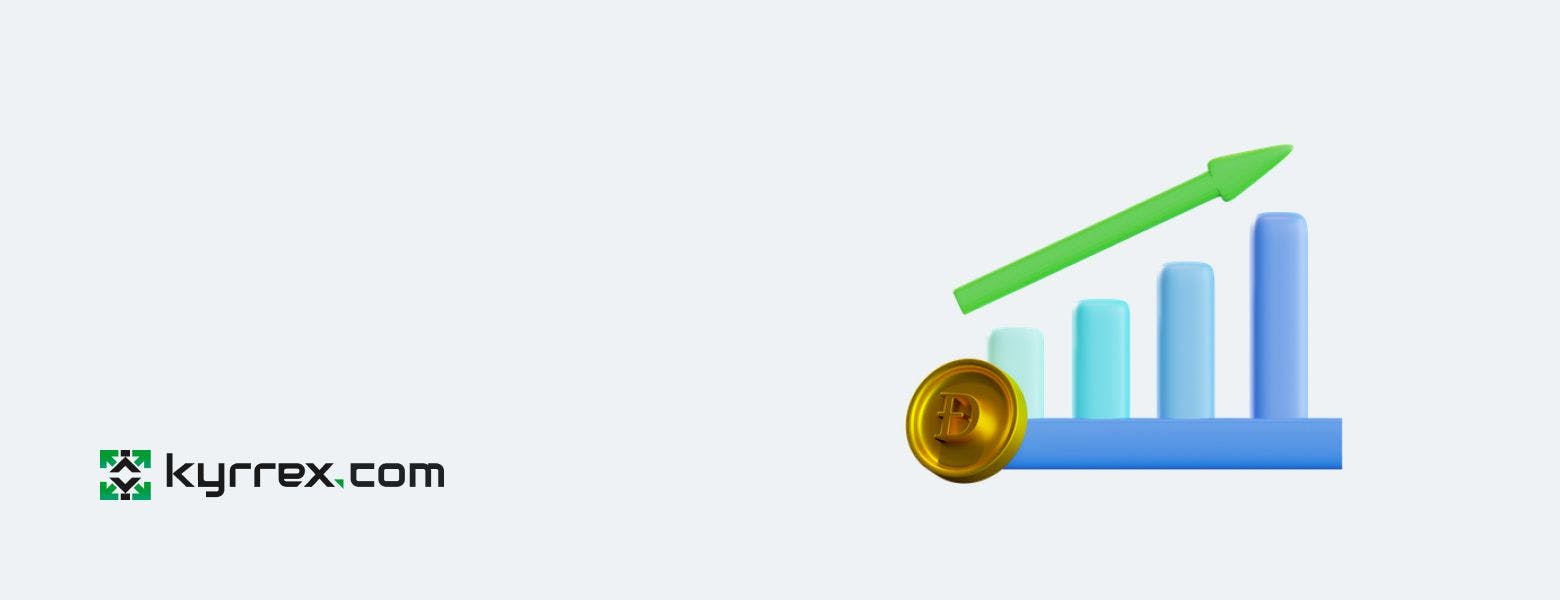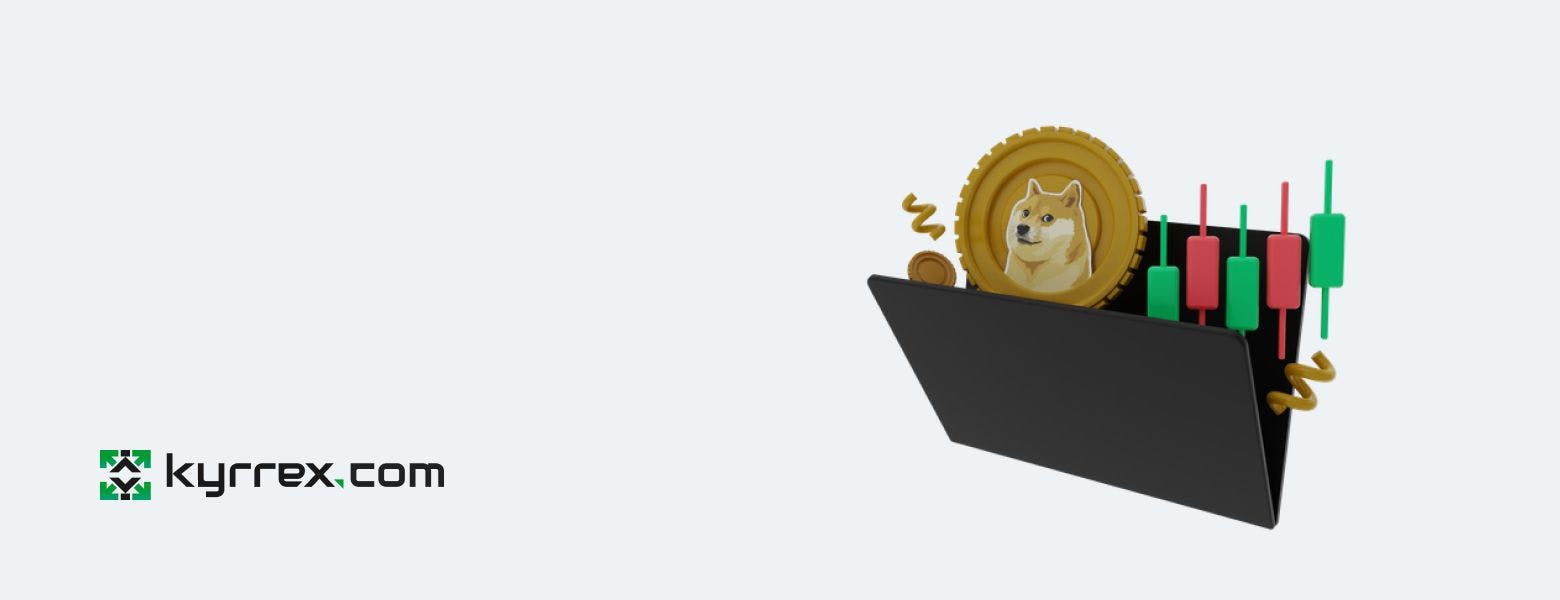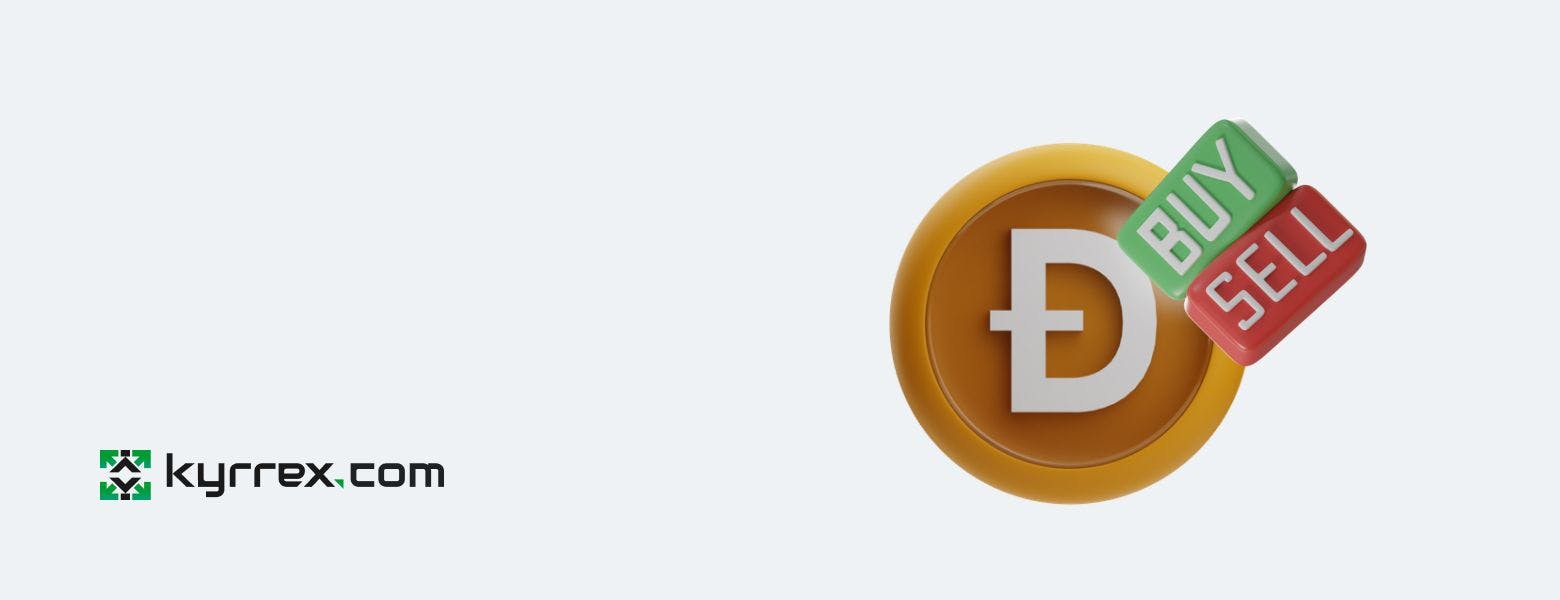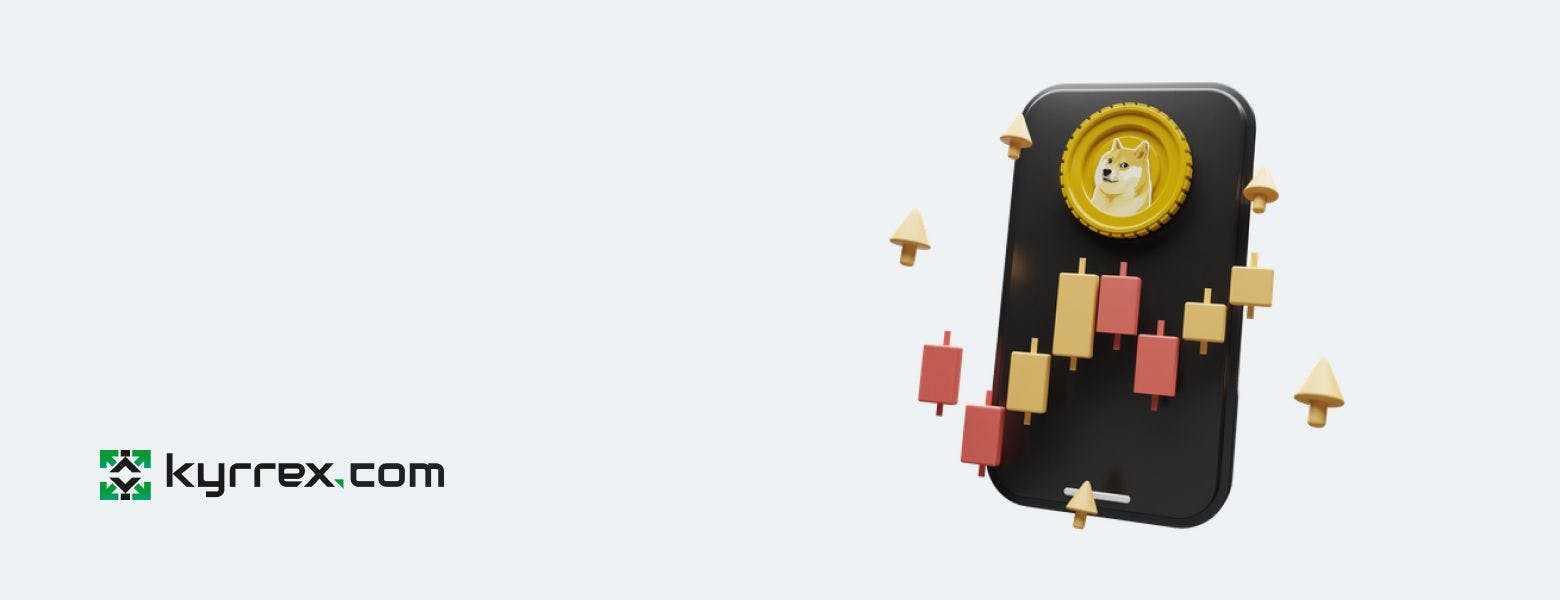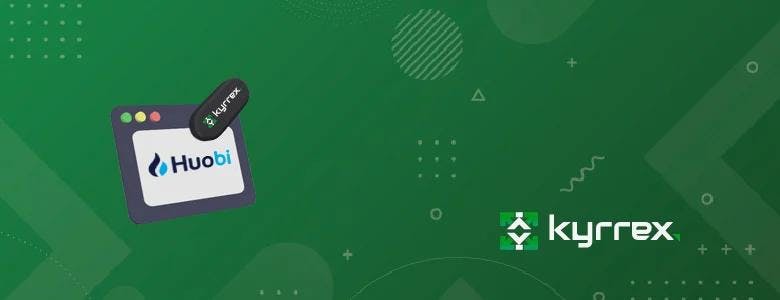
Huobi Alternative: Kyrrex

Buying and selling cryptocurrencies is now easier than it used to be. We owe a lot of that ease to the numerous centralized exchanges offering various trading services. You can now purchase Bitcoin with your credit card, and peer-to-peer options are becoming prevalent. The best cryptocurrency platforms allow you to transact with low fees, easy-to-use interfaces, and reliable security features.
Whether you’re considering leaping into the crypto space or you’re an existing trader, choosing an exchange is a critical undertaking. You have to consider listed currencies, trading volumes, fees, security, and withdrawal options. These are the fundamental factors that should determine your decision. That said, you still want to go for a platform that meets your specific needs as they offer different added services.
Going for the Right Exchange
If you’re a beginner, you need a cryptocurrency exchange with a simple trading interface and structure. It should be easy to create buy and sell orders without going through the complex nuances of crypto trading.
For advanced traders, the exchange should have a great deal of altcoins (other cryptocurrencies apart from Bitcoin). This allows you to have a wide range of investment options. Of course, you’d also love to use other professional tools, such as insightful trading charts and metrics.
What’s the Suitable Exchange to Go for?
You can only purchase cryptocurrencies with fiat through centralized exchanges. These platforms allow you to make instant buys using your credit/debit card. You could also deposit fiat currencies to your wallet from your bank account and exchange them for crypto assets. As far as centralized exchanges go, Huobi Global is one of the big names. However, going for the top guns is not always the answer. There are other gems around that could be your perfect gateway into the crypto trading ecosphere.
For example, Kyrrex is one exchange turning heads due to its promise to bridge the crypto and banking industries. This means it aims to allow users to carry out fiat and crypto transactions from one dashboard.
This article will cover the different aspects of the Kyrrex ecosystem and show you why it’s a great alternative to Huobi Global.
Huobi Global: What Is It?

Huobi started in China but moved to Singapore due to Beijing’s crackdown on cryptocurrency exchanges. The platform currently offers different trading services, including spot, futures, and staking pools, among others.
The exchange has a rich interface, but it’s more suited to intermediary and advanced traders who understand how to navigate the crypto world. Most traders branch out to other platforms to expose themselves to crypto assets not listed on Huobi. They also make the move to enjoy services the exchange doesn’t offer. For example, Kyrrex’s ambition to merge crypto and banking into a single platform will win customers even from the top exchanges.
A Primer on Kyrrex
Kyrrex is a Malta-based cryptocurrency exchange where users can buy, sell, and invest in digital assets. The platform caters to traders in more than 160 countries with an outlook to expand its base. While its primary focus is making crypto trading easy, accessible, and secure, it also offers streamlined services for advanced traders and institutions. The more significant parts of the ecosystem, which are still in the works, include the crypto merchant, banking, and tokenization platforms.
Kyrrex’s Focus on Regulatory Compliance
In general, cryptocurrency exchanges and the market are currently going through a difficult phase due to regulatory uncertainties. Compliance bodies are still hammering out the fine details of crypto regulations because digital currencies are still novel financial assets. That’s why most trading platforms are struggling to keep up or going out of business. To be fair, strict, uniform regulations are required to keep the crypto financial system stable. This will limit the number of people taking advantage of these assets to finance nefarious causes like money laundering and terrorism. The rules will also protect retail users and service providers alike.
As it stands, financial regulation is cryptocurrency’s major barrier to global adoption. Kyrrex understands this fact and aims to take cryptocurrency mainstream by following strict regulatory compliance. That is why it has robust Anti-Money Laundering and KYC compliance policies. In addition, the exchange’s legal compliance team also makes sure it heeds to global regulations to bring its banking and crypto services to as many countries as possible.
Unfolding the Kyrrex Ecosystem

As we mentioned, Kyrrex aims to offer numerous banking and crypto services under one umbrella. So please stick with us as we walk you through these different offerings.
The Kyrrex Cryptocurrency Exchange
You will have access to a wide range of crypto trading services on the Kyrrex exchange. These services are streamlined for both beginners and advanced traders. For example, if you’re new to cryptocurrency, there’s a demo account feature that exposes you to the market without real funds. You can trade in real-time to understand how the market works without losing actual money.
Kyrrex will also provide educational materials like explainer videos and blog posts to put users through specific processes. Experienced traders will have access to professional tools like metrics, graphs, charts, and analytics. This way, they can analyze trades and make informed decisions without leaving the platform.
So, traders will be furnished with info concerning each cryptocurrency, such as market cap, trading volume, and supply. This way, they can make informed decisions regarding trades. The exchange also has a high-performance trading engine that matches buy and sell orders under a fraction of a second. As a result, it only takes a few seconds to exchange coins between wallets.
Listing Platform
Kyrrex will run a listing platform where projects can introduce their native tokens to users. Tokens will be offered at discount prices to the community with different launch procedures. Before each asset is launched through the listing platform, Kyrrex will carry out a thorough risk assessment and evaluate that the token’s underlying tech meets the highest standards. This ensures accountability and risk reduction. Users will also rest assured they’re investing in promising tokens.
The platform will also offer bonuses to KRRX holders and stakers.
The Kyrrex Liquidity Hub
Liquidity is one of the most important factors to consider when choosing an exchange. It refers to the volume of cryptocurrency traded on an exchange and how easily you can sell your assets, no matter how large. Liquidity is the main reason traders stick with the big exchanges even if they don’t get all the services they want. That’s because their monies could get stuck in small exchanges with little to no liquidity.
Over the past year, numerous exchanges have closed their doors due to poor liquidity, leaving many users bankrupt.
Kyrrex’s liquidity hub aims to assure users that their funds are safe and can be liquidated at any time. And it’s not just about fiat money: the platform promises to have enough withdrawable crypto assets to meet the needs of even institutional investors. As for high trade volumes, the exchange promises to minimize slippage for amounts higher than $100,000, which can’t be said for many other platforms. Its access to market liquidity also ensures working capital constraints are reduced to the minimum.
The Kyrrex Crypto OTC Platform
Trading activities on exchanges determine the price of crypto assets. When there’s a lot of buy orders to be filled, the token’s price shoots up. Conversely, when there’s a lot of sell pressure, the token’s price falls significantly. With an over-the-counter (OTC) platform, users can trade large amounts of cryptocurrencies without the resulting price swings. Traders who want to buy crypto assets in large quantities are matched with those willing to sell at a fixed rate. The trade happens once they reach an agreement. This way, the entire cryptocurrency ecosystem won’t be affected by the large buy order.
Moreover, these OTC traders won’t suffer the slippage that comes with market order fulfillment and won’t have to wait for long hours or even days to get limit orders filled. Usually, OTC desks cater to institutional investors and high-net-worth individuals. However, with Kyrrex, individual traders with significant crypto holdings can also enjoy the service.
The beautiful thing about Kyrrex’s ecosystem is that users can access the OTC platform using their Kyrrex accounts. There’s also one-to-one customer support to keep them abreast of developments throughout the trade.
The Kyrrex Cryptocurrency Wallet
Centralized exchanges help users manage their crypto assets by providing multicurrency wallets. Essentially, each trading account comes with a wallet for storing assets that are used for trading. For example, when you make orders, they’re filled and transferred to your wallet. You can then withdraw your assets to an external wallet or another user.
With your Kyrrex wallet, you can store currencies listed by the platform. There’s also a backup feature that increases the wallet’s security.
With the exchange’s web and mobile versions, it’s easy to access your wallet and perform crypto-fiat transactions anywhere.
The Kyrrex Digital Bank
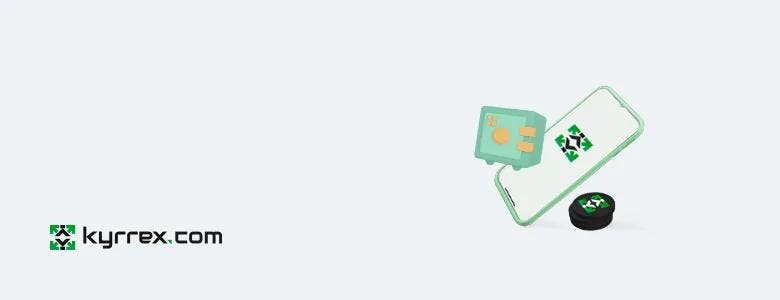
Kyrrex is working toward a future where traditional banking and cryptocurrency trading no longer exist in separate worlds. Instead, the platform will offer users a robust ecosystem where they can carry out fiat and crypto transactions from one dashboard.
Presently, banks are slowly adopting blockchain technology, and the speed is discouraging. This is due to regulatory uncertainties and concerns about crypto’s volatility. Kyrrex is looking to embrace both worlds and comply with regulators across different jurisdictions.
Once the digital bank goes live, users will carry out secure, fast, and easy transactions with crypto assets and fiat currencies. In addition, they’ll have access to traditional banking services such as SWIFT transfer, an international bank account number, and debit and credit cards.
Other services include loan management, accounting, insurance products, bills payments, savings, deposits, transfers, and withdrawals. Also, you can settle cross-border payments, make online transactions with your card, and get access to cash using ATMs.
There’s more. The platform will enable you to customize specific services for yourself. They include White label payment solutions, loan issuance, and other personalized financial products such as salary projects.
The banking and crypto platforms will be merged to form a robust ecosystem. You’ll see all your crypto and fiat currency balances in one place and can swap them whenever you choose.
It will also be easy to accept cryptocurrency and fiat payments using the banking platform if you’re a merchant, and OTC crypto transactions will also be supported.
Additionally, the bank will allow you to transfer funds directly to credit and debit card accounts of other traditional banks. Domestic and international transactions will also be supported, allowing you to bank in more than 177 fiat currencies.
With this all-encompassing ecosystem, you can easily manage your assets in one place without having to sort things out using different apps. The wealth of options also makes it all the more worthwhile.
Kyrrex’s Tokenization Platform
Tokenization is among the many innovative applications of blockchain technology. Valuable assets can be converted to digital tokens for ownership verification using a blockchain instrument. You can now tokenize real-world assets like cars, paintings, music, and real estate. Digital products like content licensing and ownership rights can also be easily converted into blockchain assets.
This makes it difficult for bad actors to forge and duplicate ownership documents, boosting the prevalence of decentralization. Kyrrex offers a tokenization service where institutional and individual customers can convert their assets to digital tokens. The platform also helps customers maintain token ownership, manage the creation of secondary assets, and audit accounting systems in real-time.
Users can also buy and sell such tokens on the platform. When issuing a token, they provide the issue amount, description, and value. This way, they can easily keep records and allow other users to understand what they’re buying. Furthermore, if the user wants to list these tokens on different platforms for trading, Kyrrex can offer assistance with the process.
The Crypto Merchant Platform
As we mentioned earlier, Kyrrex customers can set up cashier systems to receive payments for goods and services through the platform. This means you don’t have to rely on a separate service to set up a payment system for your e-commerce store or online business. What’s more interesting is that you will be able to accept payments in crypto or fiat, depending on your preference. Moreover, since Kyrrex’s ecosystem promises a global infrastructure, you won’t be restricted by cross-border barriers.
Should You Consider Kyrrex Over Huobi Global?
Overall, Kyrrex is a well-rounded ecosystem that offers the best in crypto trading. The friendly user interface, which allows beginners to trade with ease, is a plus over Huobi Global. However, what should draw you over the line is the crypto and banking platforms.
The banking, crypto merchant, and tokenization platforms are still in the works and are slated to go live in 2022. This means you’re close to managing all your finances from one application!
Head to Kyrrex’s website to check out all you stand to gain when you trade on the platform.

